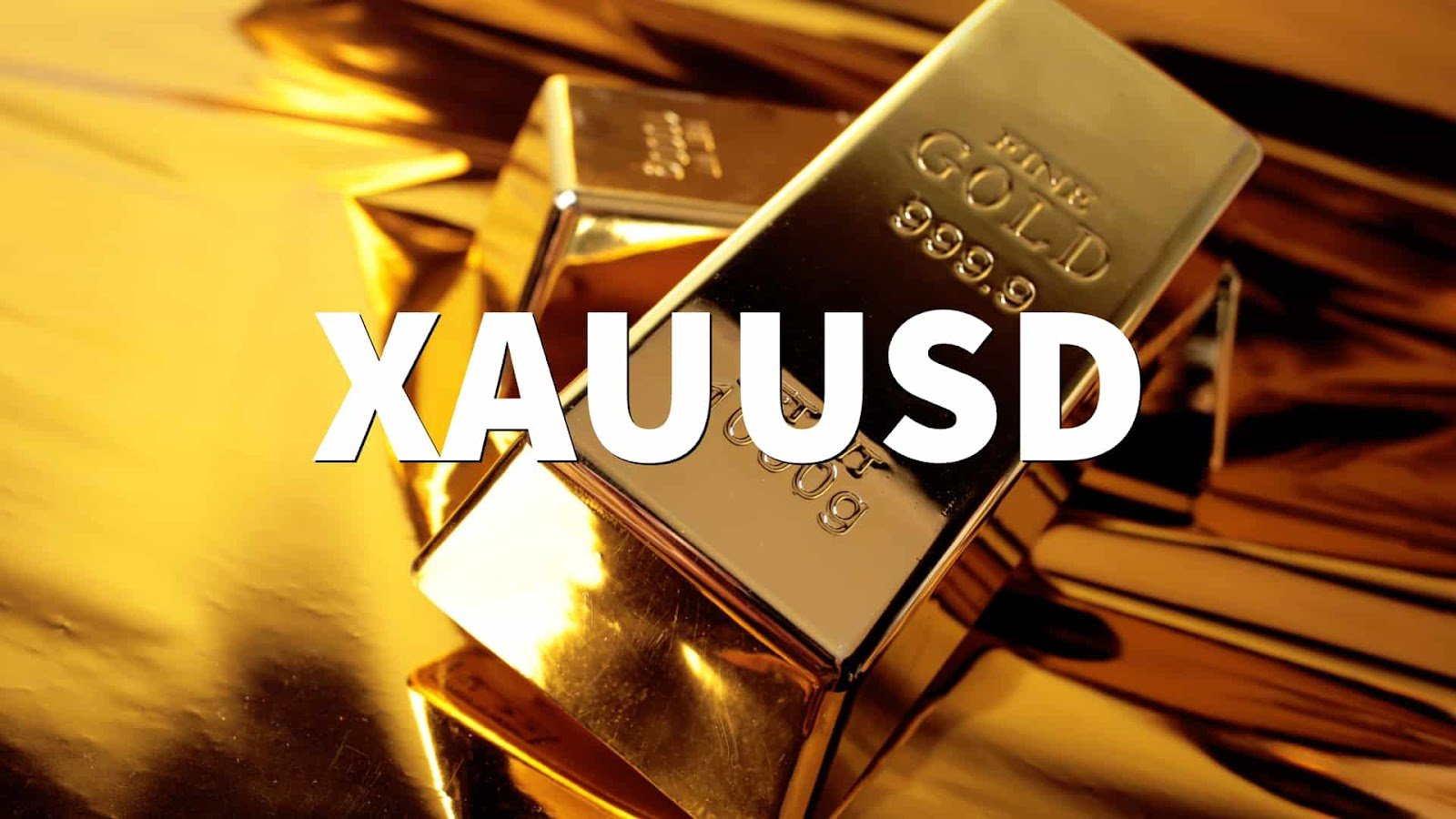Gold Slips as Risk-On Sentiment and USD Uptick Weigh Before US CPI Report
Gold prices dipped on Thursday due to a higher risk-on sentiment across global equities and a slight rise in the US Dollar that prompted profit-taking on the precious metal. Though the safe-haven demand for gold softened as the S&P 500, Nasdaq, and Japan’s Nikkei set all-time highs, hopes for a Federal Reserve rate cut next week still hold back the downside. Geopolitical tensions, trade-related uncertainty, and political instability in Europe and Asia are also supporting losses, and now traders wait for the US CPI numbers for new direction on monetary policy and gold’s short-term fortunes. KEY LOOKOUTS • Inflation data will be key to influencing expectations of the Fed’s next rate action. • Markets overwhelmingly expect a September rate cut, and some are factoring in the potential for a jumbo cut. • Increasing dangers of the Russia-Ukraine conflict, NATO intervention, and fresh sanctions can bolster safe-haven demand. • Global equities’ record highs are taking away from gold’s traditional safe-haven status. Gold moves lower on Thursday as market players turn to riskier assets with record gains on world equities and a modest recovery in the US Dollar. The yellow metal is unable to build on its recent advance, although loss is capped by strong expectations for a Federal Reserve rate cut next week and increased geopolitical tensions. Traders are now focusing on the next US CPI reading for new hints about the Fed’s policy course, which has the potential to deliver the next significant directional catalyst for gold. Gold dips as a firmer risk-on sentiment and a small USD recovery test the safe-haven metal. Nevertheless, expectations for Fed rate cuts and the threat of geopolitics will act as a buffer against the downside in advance of the US CPI report. • Gold drifts down on Thursday with risk-on sentiment prevailing across global markets. • All-time highs in the S&P 500, Nasdaq, and Nikkei weaken safe-haven demand. • Slight US Dollar upturn contributes to pressure on gold prices. • Anticipation of rate cuts by the Fed next week caps the downside for the yellow metal. • US CPI report awaited for new policy signals and direction in the markets. • Geopolitical tensions due to the Russia-Ukraine conflict and fresh sanctions are supportive. • Technical levels indicate $3,600 as short-term support, with resistance around $3,658–$3,675. Gold is trading cautiously as investors balance a positive risk-on sentiment in global markets with expectations of future Federal Reserve policy easing. All-time records in the S&P 500, Nasdaq, and Japan’s Nikkei have diminished the attractiveness of traditional safe-haven assets, leading some to profit-taking in the yellow metal. Meanwhile, recent weakness in US producer price data has underpinned speculation that the Fed will lower interest rates at its policy meeting next week, maintaining gold at bay despite prevailing selling pressure. XAU/USD DAILY CHART PRICE SOURCE: TradingView Apart from economic signals, geopolitical and political concerns are still in play as far as influencing investor attitudes towards gold. With tensions in the Russia-Ukraine crisis heightened further due to NATO involvement, coupled with an air of uncertainty within France and Japan, the safe-haven appeal of the metal is still emphasized. Trade tensions such as tariffs and sanctions enforced by the US are another risk component in the broader picture. These considerations are set to maintain gold in the spotlight as investors await the US CPI report for further direction on what the Fed is likely to do next. TECHNICAL ANALYSIS Gold is displaying indications of short-term consolidation as the Relative Strength Index (RSI) is still in overbought levels, indicating the possibility of a brief pause or soft correction. Support is close by around the $3,600 mark, with more substantial cushions at $3,580 if selling continues. To the upside, there is resistance at $3,649–$3,658, with a retest of the all-time high at about $3,675 likely if investors are able to push higher. A sustained break above this range would clear the way towards the psychological $3,700 level. FORECAST Gold may pick up again on the upside if the next US CPI report indicates easing inflation, solidifying bets for swift Fed rate cuts. Any validation of gentler price pressures would probably top the US Dollar’s bounce and increase the demand for the non-yielding precious metal. In that case, gold could test its recent highs near $3,675, with the possibility to extend gains towards the $3,700 psychological level. Ongoing geopolitical tensions and trade-related uncertainties could also sustain bullish conviction. Conversely, solid US CPI readings may temper hopes for rapid Fed policy easing, sparking renewed demand for the US Dollar and suppressing gold prices. The risk-on mood in equity markets may continue to undermine safe-haven inflows into gold. Here, prices would fall towards $3,600, with a steeper decline towards $3,580 if the selling pressure mounts further. Nevertheless, persistent geopolitical concerns should keep a steep corrective fall in check.












